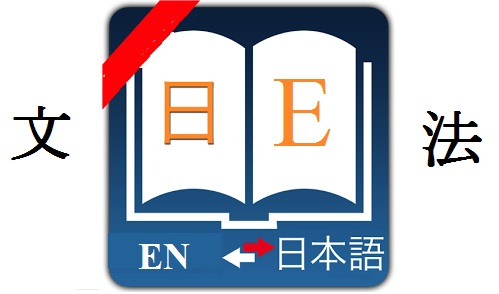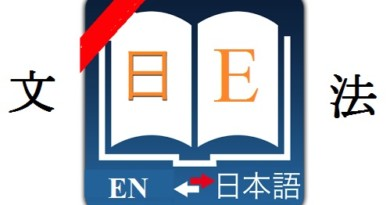Japanese と…た grammar to…ta

Let’s learn Japanese と…た grammar to…ta:
Formation :
Meaning and how to use :
Describe the meaning “When the previous event is taking place, the speaker is aware of the following event or the previous event is the cause of the following event”
Example:
ここから真っ直ぐ行って交差点に着くと左に曲がって図書館があった。
Koko kara massugu itte kousaten ni tsuku to midari ni magatte toshokan ga atta.
Go straight to the intersection from here then turn left, you will see the library.
部屋に入ると外は私の名前を呼ぶ声がした。
Heya ni hairu to soto ha watashi no namae wo yobu koe ga shita.
When I entered the room, I heard a voice calling my name from outside.
家に帰ると田中さんが急事があるのではやく戻しろと電話をかけました。
Ie ni kaeru to Tanaka san ga kyuuji ga arunode hayaku modoshiro to denwa wo kakemashita.
When I came back home, Mr. Tanaka called me to get back quickly because there was an emergency.
ここから自動車で15分ぐらい行くと到着した。
Koko kara jidousha de juugo fun gurai iku to touchaku shita.
It is about 15 minutes to arrive there from here by car.
食料に買いに行くと冷蔵庫でたっぷりあることに気付いた。
Shokuryou ni kai ni ikuto reizouko de tappuri aru koto ni kizuita.
When I went to buy food, I noticed that there was plenty of food in the refrigerator.
Note: When talking about the sense of body, we don’t use「と」 but use「たら」. In most cases, we use verbs in both sides of the sentence, but we can also use nouns or adjectives when detecting a certain situation.
Above is Japanese と…た grammar to…ta. If you don’t understand the signs we used in formation, you can find their meaning here : signs used in Japanese grammar structures.
You can search the structure you want by using the search tool on our website (using key : grammar + ‘structure name’ or you can find more Japanese grammar structures in the following category : Japanese grammar dictionary
